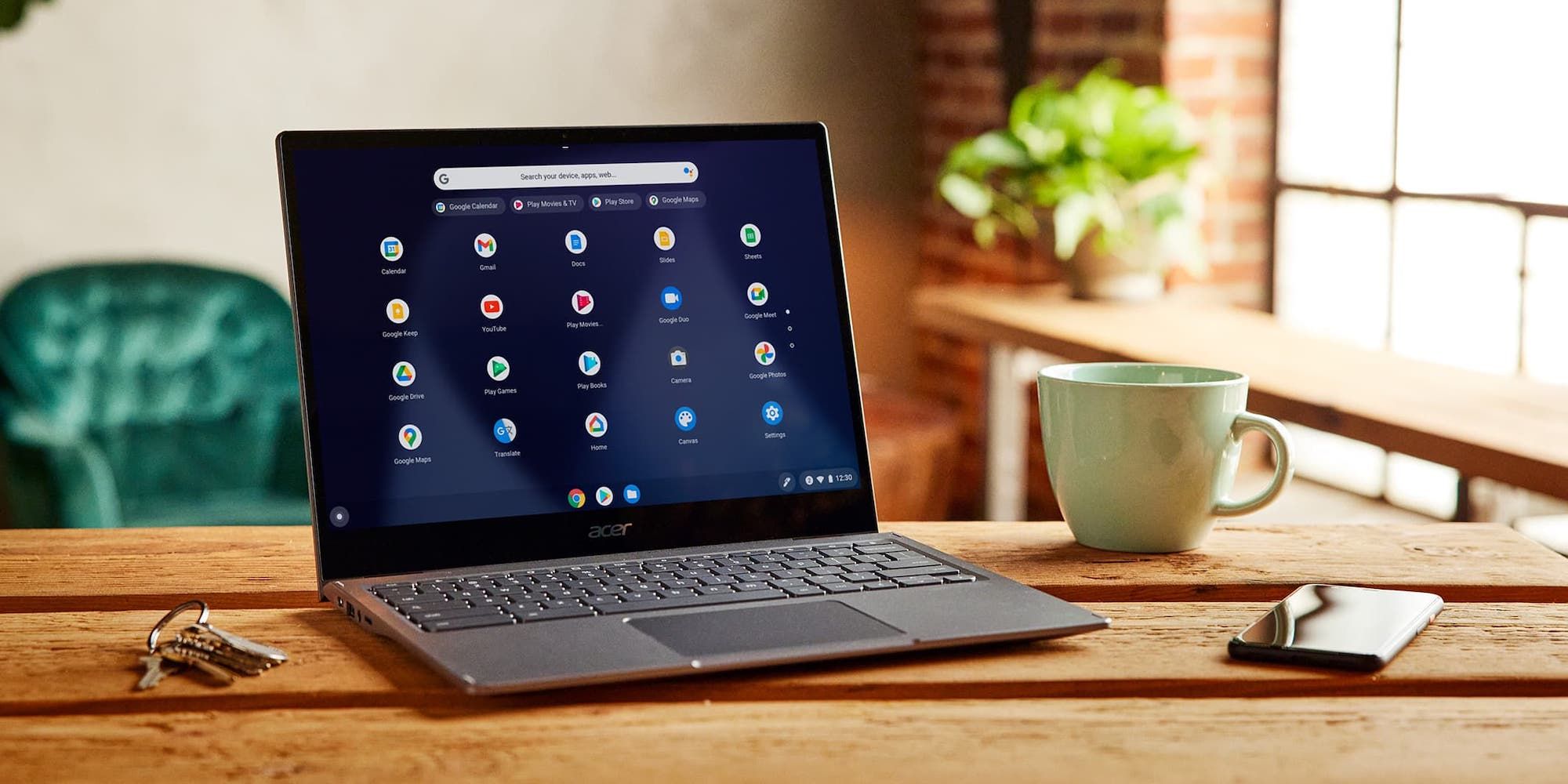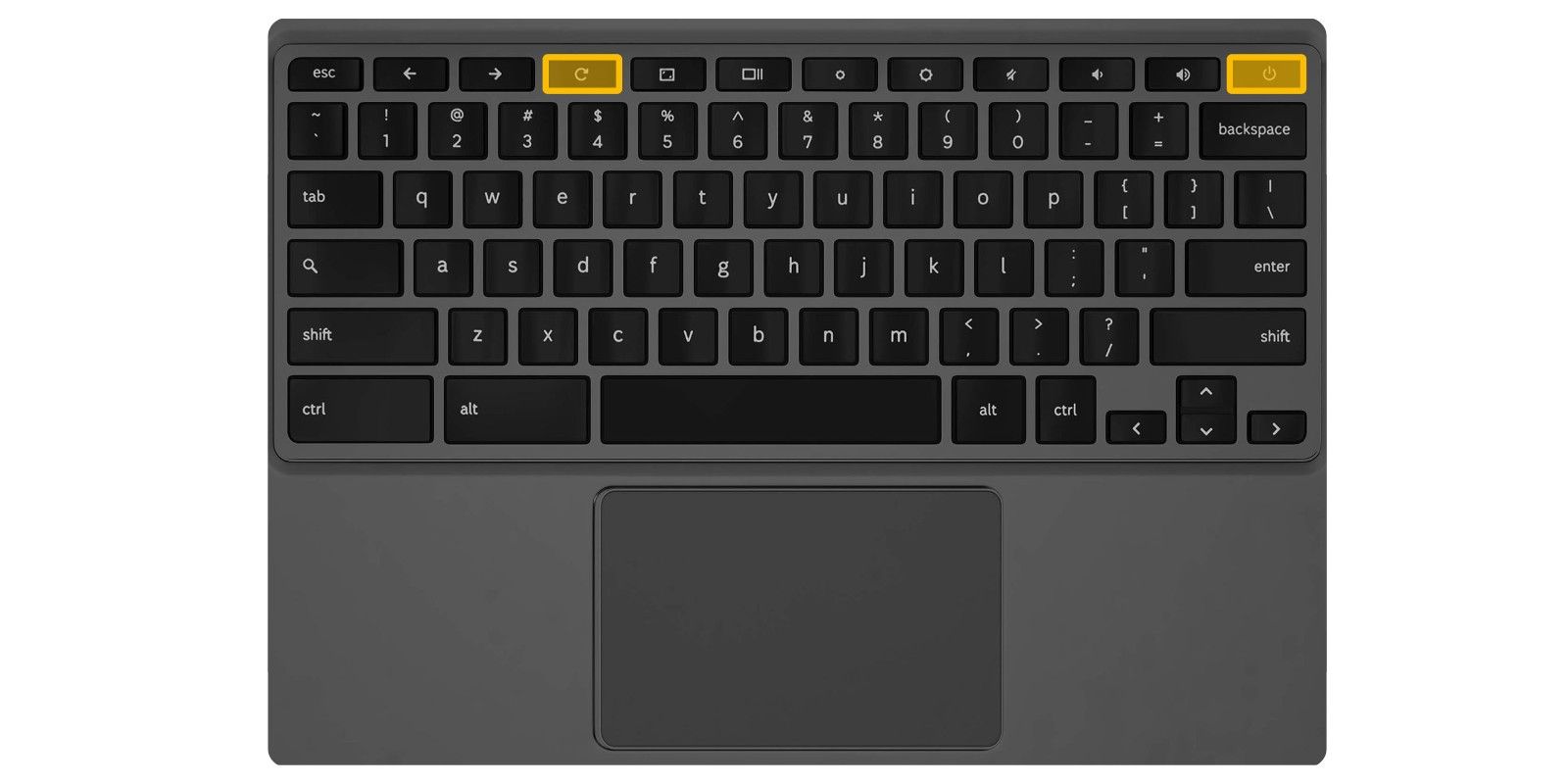A Chromebook, like any other computer, is not devoid of issues, and sometimes, the only way to fix such problems is by resetting it. Chromebooks are generally easy to use but issues can crop up following a new software update. While a fix will likely come with a subsequent update, performing a reset can be a faster solution rather than waiting weeks for a fix to arrive.
A hard reset is usually one of the last resorts after every other preferred solution has failed to work. What it does is reset the device's hardware such as the keyboard and trackpad. Carrying out a hard reset depends on the type of device. It's also important to note that a hard reset isn't the same as a factory reset.
To hard reset a Chromebook with a traditional laptop design, shut down the device by pressing the power button until a menu appears on the screen. Select Shut Down and wait for the device to power down. After confirming the device is off, press and hold the Refresh key (the key with the refresh icon on the top row of the keyboard) and tap the power button. Once the device starts up, release the Refresh key. Performing a hard reset is different if the Chrome OS device is a tablet such as the Lenovo IdeaPad Duet 3. To hard reset a Chrome OS tablet, press the Volume Up and Power buttons together for a minimum of 10 seconds and then release.
A Hard Reset Is Different From A Factory Reset
On some other devices, performing a hard reset requires the user to shut down the device, unplug the power cable, plug it back in after a short while, and turn it back on. Some older Chromebooks even have a reset button underneath that has to be pressed with a paper clip or pin. It is important to note that while a hard reset doesn't wipe the device clean, it might delete some files from the Downloads folder. Users are therefore advised to back up their data before carrying out a hard reset.
For those who want a complete system wipe, a Powerwash which is also known as a factory reset will be required. This wipes the device clean (account, apps, and files) and restores it to a brand-new state. Performing a Powerwash can be necessary if a hard reset doesn't fix persistent issues, or if the Chromebook is going to be given to a new user or sold. To perform a Powerwash, open the Settings app and scroll down to the bottom of the page. Select Advanced and scroll down to Reset settings. Click on the button that says Reset and follow the instructions to reset the Chromebook.


